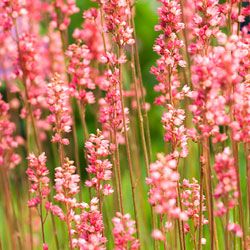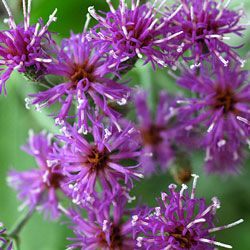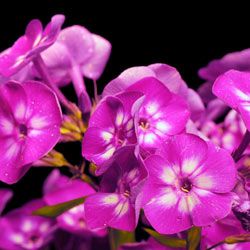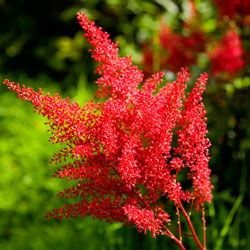Flower gardening in the Northeastern United States presents its own unique set of challenges. These obstacles can be especially troublesome when trying to plant perennials, or plants that have to survive the long, hard winters and renew themselves every year.
Perhaps the biggest challenge of growing perennials in the Northeast is the legendary Northeastern winter. According to the United States Arboretum, parts of the Northeast can expect lows of -35 degrees Fahrenheit (-37.2 degrees Celsius), meaning that unless you commit serious time and resources to protecting your perennials, you're limited to the plants that can expect to survive these brutal winters [source: U.S. National Arboretum]. Believe it or not, the very same challenge can also help certain plants. A long, hard winter can give perennials a much-needed dormant period, as well as keep the insect population under control.
Advertisement
The clay that makes up the soil of much of the Northeastern United States is also less than ideal, since it's heavy and drains poorly. It will take a little extra work, and maybe some amendments like mixed-in compost, but this clay can be suitable for many types of plants, and the harder, heavier soil can even give taller, more rigid plants the foundation they need to anchor themselves. In some areas of the Northeast, you might even encounter bedrock very close to the surface. In this situation, your best bet might be to build raised beds for your garden.
Despite the long winter and other challenges of planting perennials in the Northeast, a beautiful flower garden can be a reality. Just like every other region, there are plants better suited to the Northeast's climate and terrain. The 10 plants in this article have the characteristics needed to survive and thrive in the Northeast, giving anyone willing to put in the work a beautiful garden of flowers that should return year after year.
Check out the next 10 pages to read up on these perennials.





